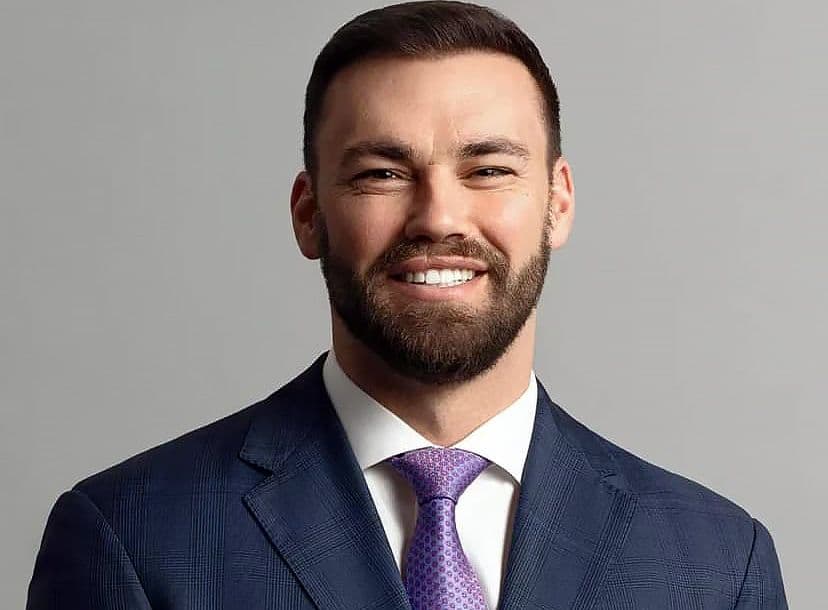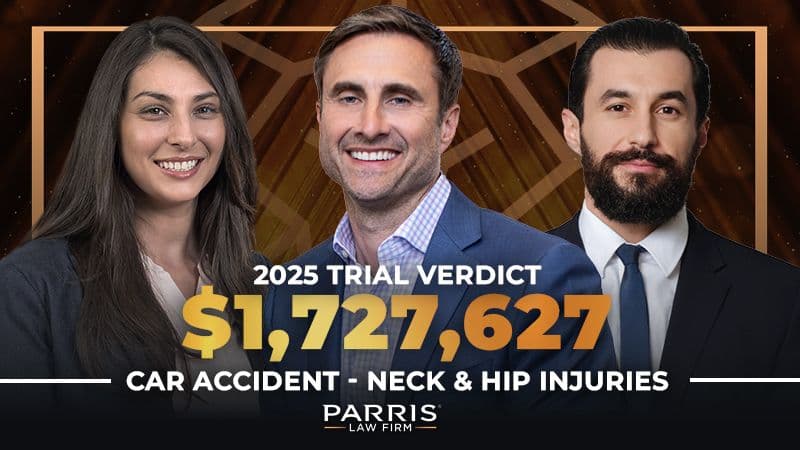
Latest News
Stay informed. Keep up with all news regarding PARRIS, from verdict success stories to latest legal tips.
Free ConsultationShort answer:A medical lien lets doctors or hospitals treat you now and get paid later from your per...Read More

Quick answer: There isn’t a reliable “average” motorcycle accident settlement. Value depends on proo...Read More

We are proud to announce that Khail A. Parris, a dedicated partner at the PARRIS Law Firm, has been ...Read More

Bakersfield, CA – PARRIS Law Firm obtained a $1.7 million verdict in Bakersfield for our client, who...Read More

PARRIS Law Firm Earns Multiple Top Verdict Honors for 2024, Including No. 1 Verdicts in California ...Read More

Quick answer: Most personal injury cases resolve somewhere between a few months and two years. The t...Read More


